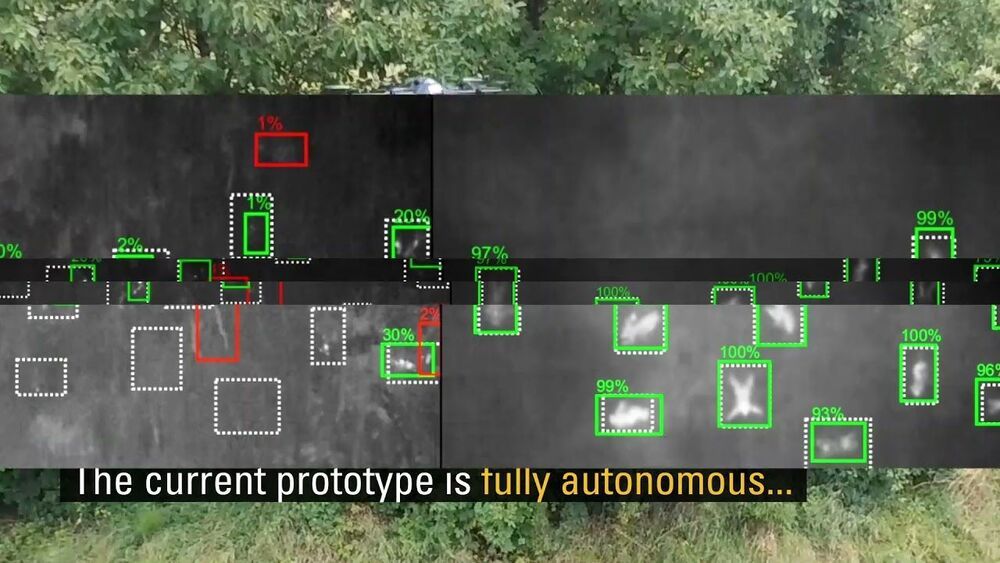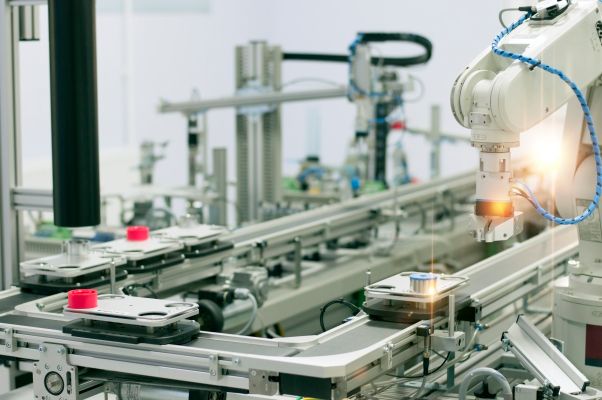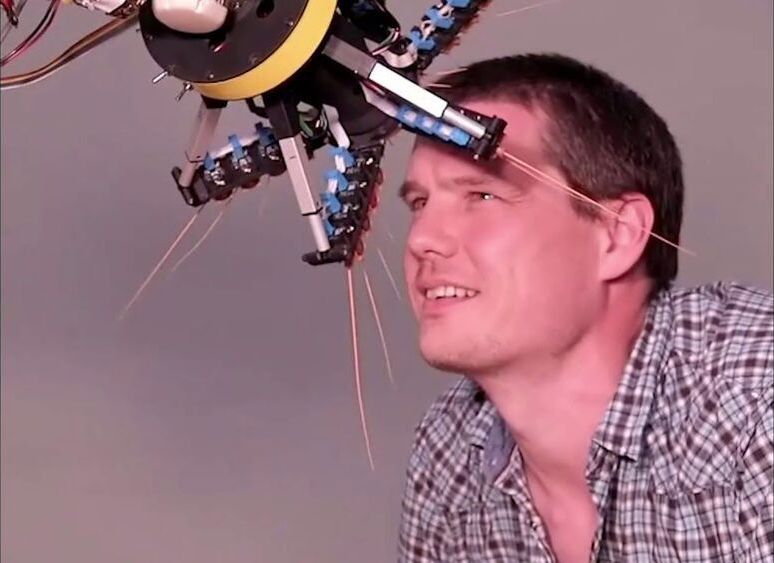Jun 25, 2021
An autonomous drone for search and rescue in forests using optical sectioning algorithm
Posted by Jason Blain in categories: drones, information science, robotics/AI
A team of researchers working at Johannes Kepler University has developed an autonomous drone with a new type of technology to improve search-and-rescue efforts. In their paper published in the journal Science Robotics, the group describes their drone modifications. Andreas Birk with Jacobs University Bremen has published a Focus piece in the same journal issue outlining the work by the team in Austria.
Finding people lost (or hiding) in the forest is difficult because of the tree cover. People in planes and helicopters have difficulty seeing through the canopy to the ground below, where people might be walking or even laying down. The same problem exists for thermal applications—heat sensors cannot pick up readings adequately through the canopy. Efforts have been made to add drones to search-and–rescue operations, but they suffer from the same problems because they are remotely controlled by pilots using them to search the ground below. In this new effort, the researchers have added new technology that both helps to see through the tree canopy and to highlight people that might be under it.


















